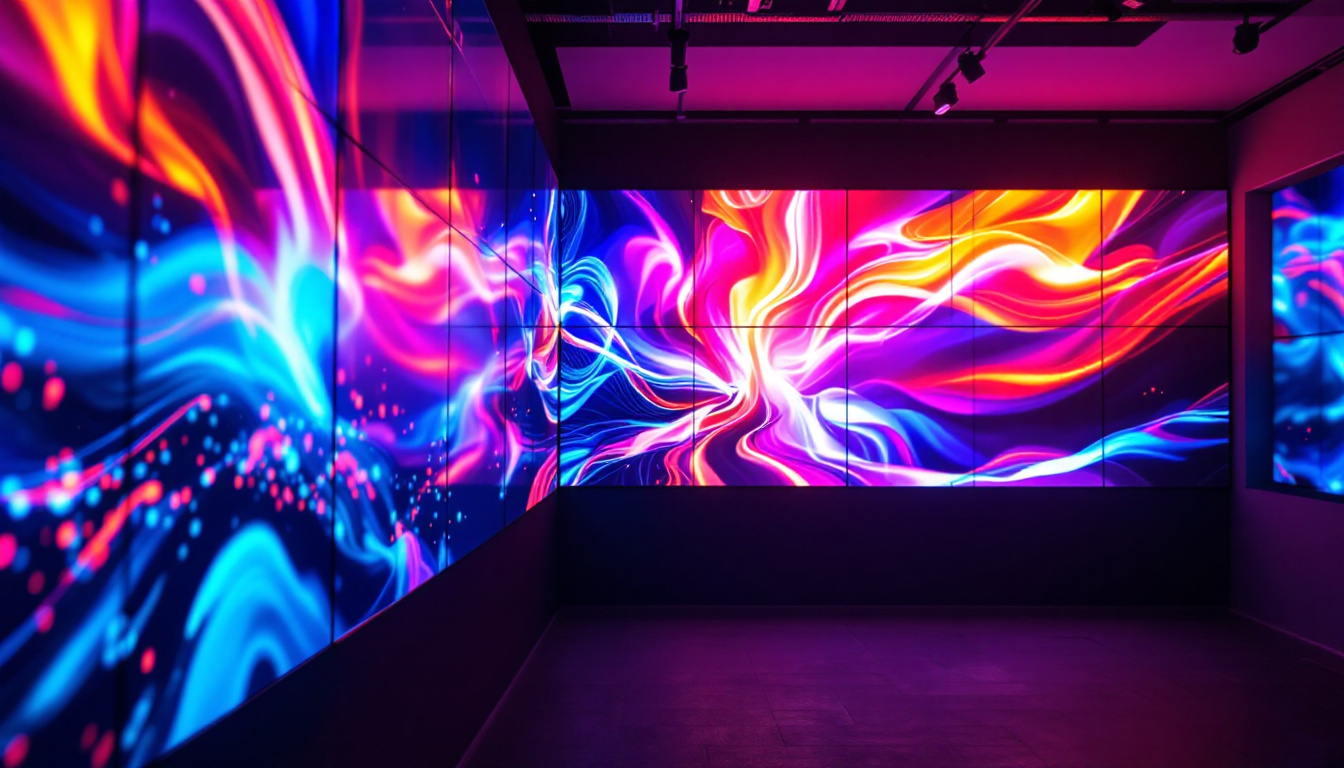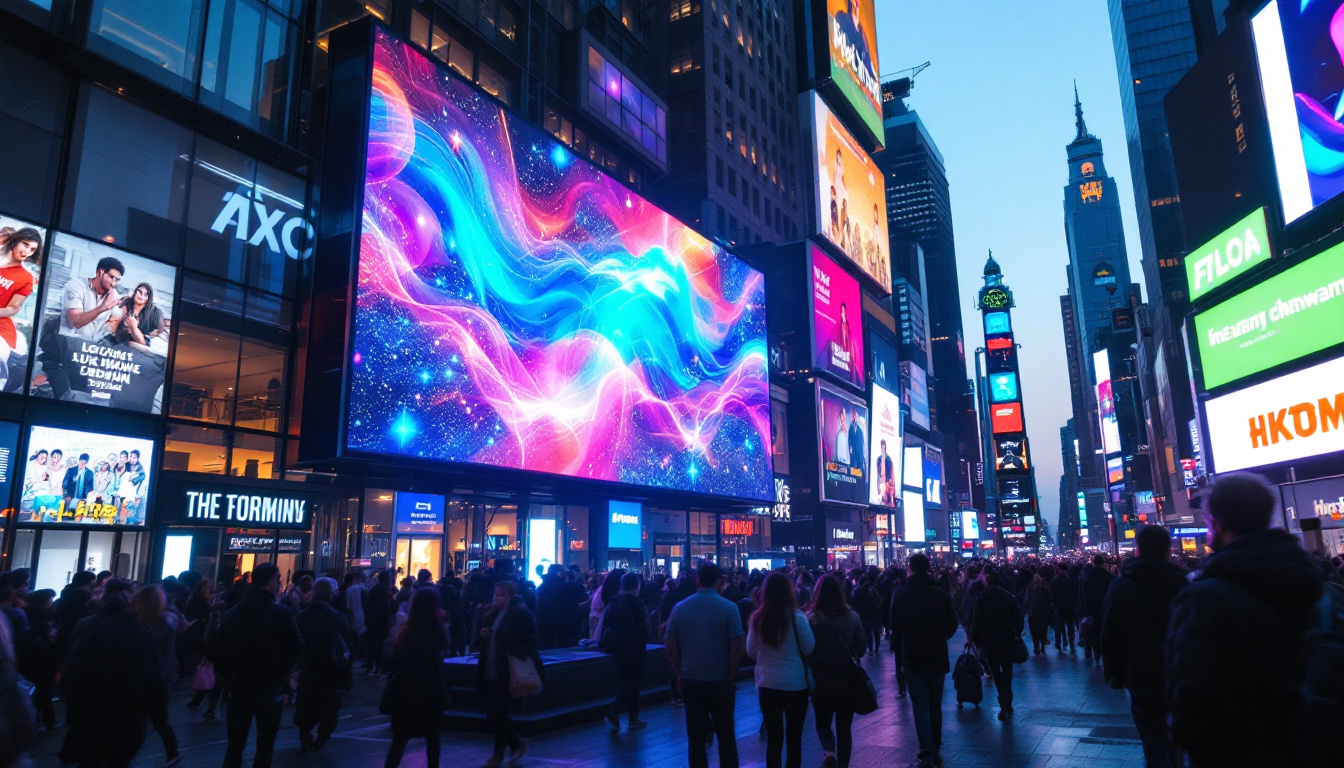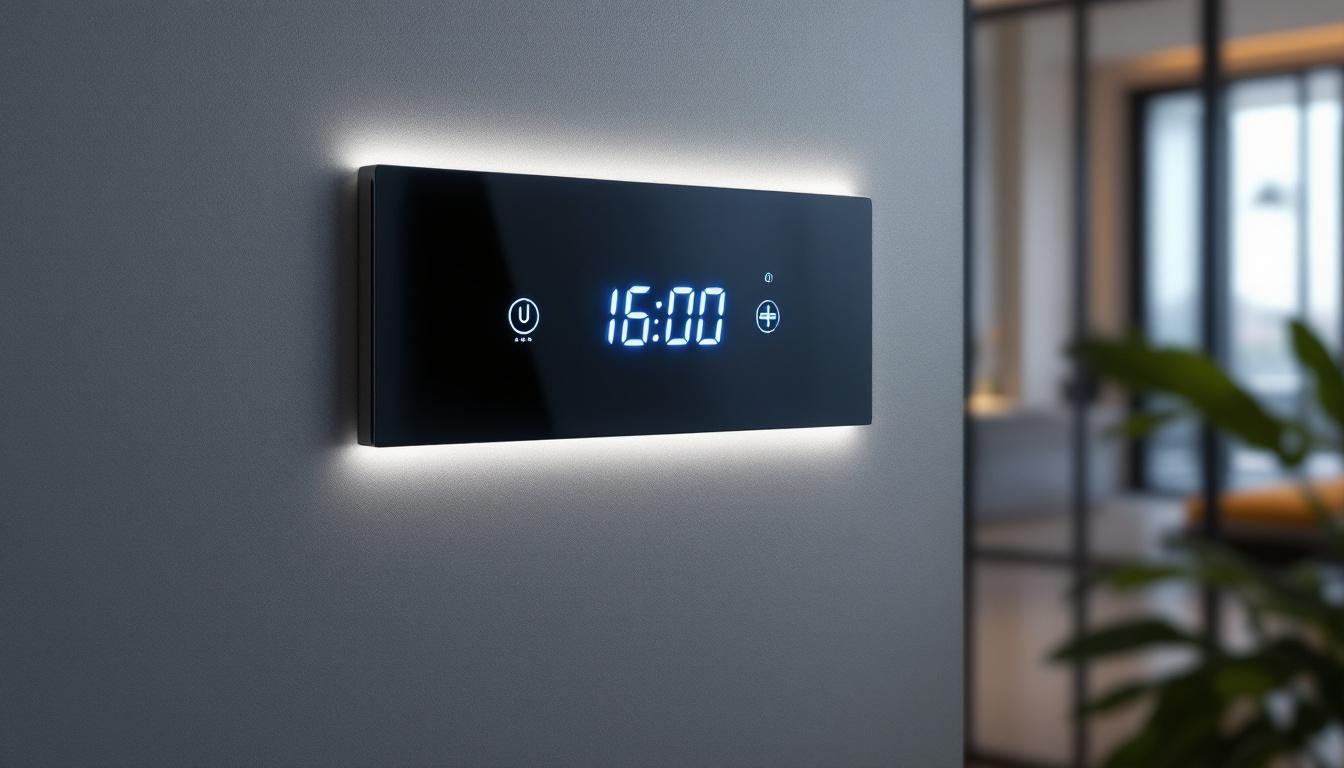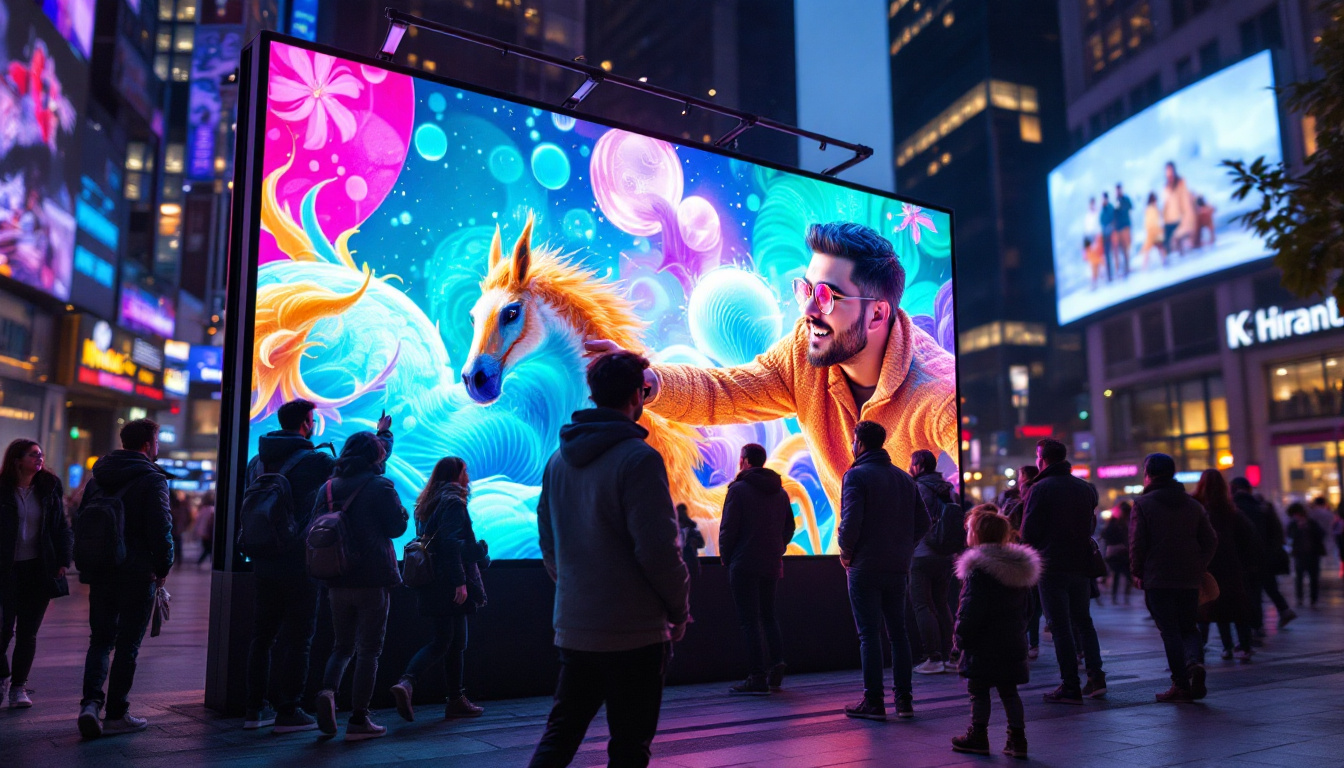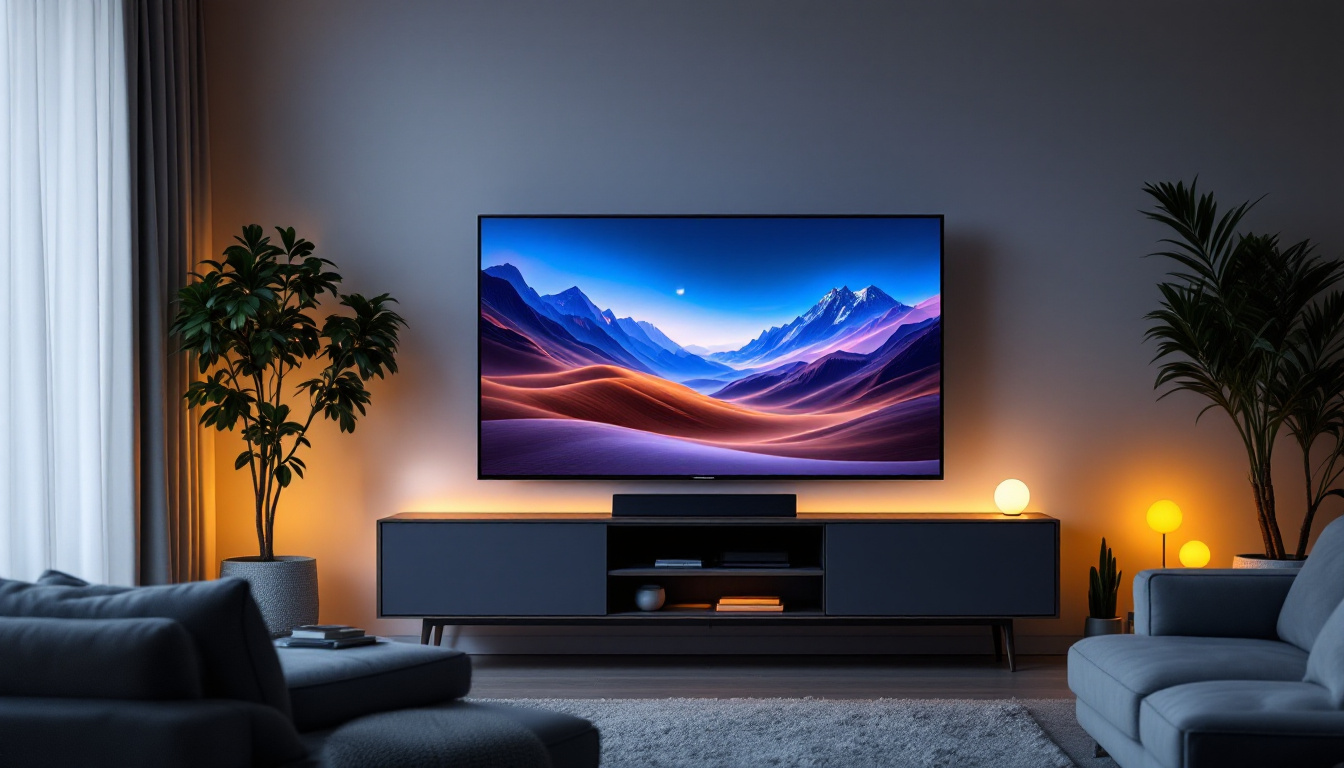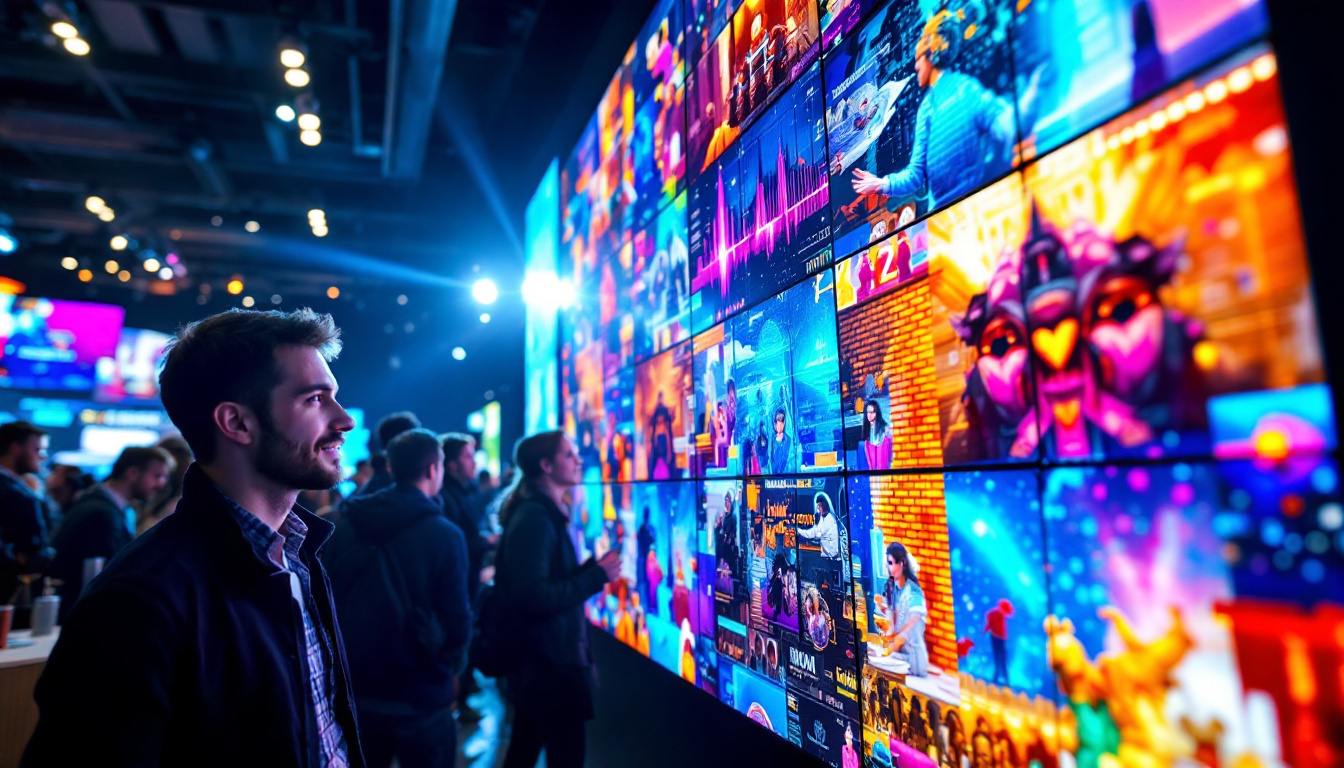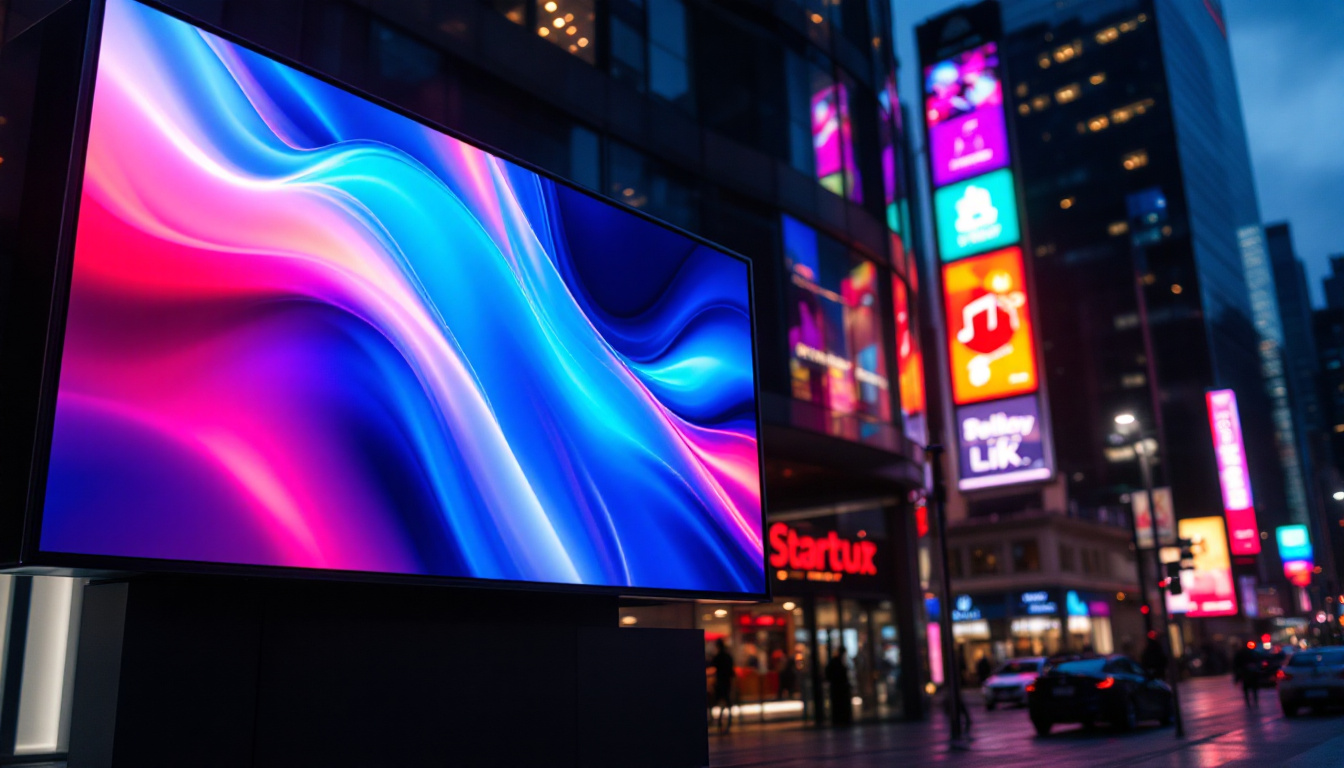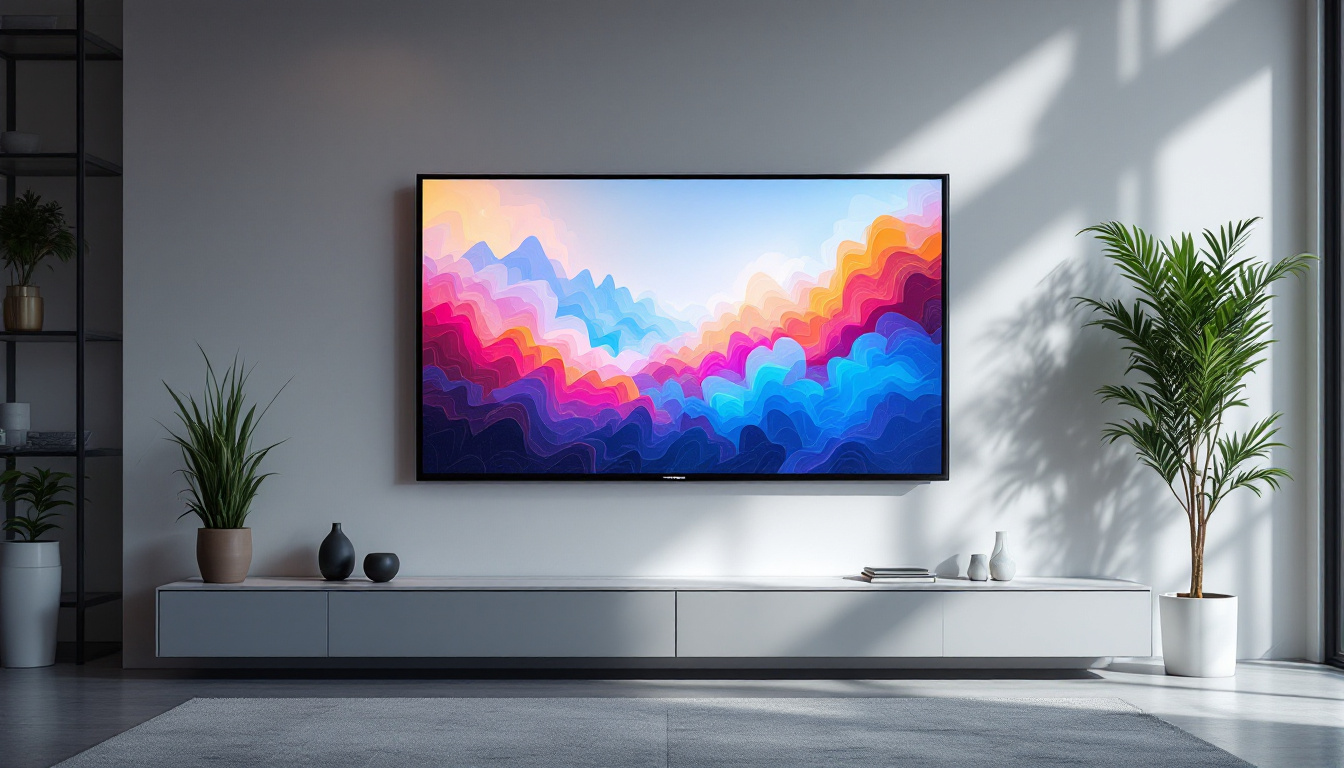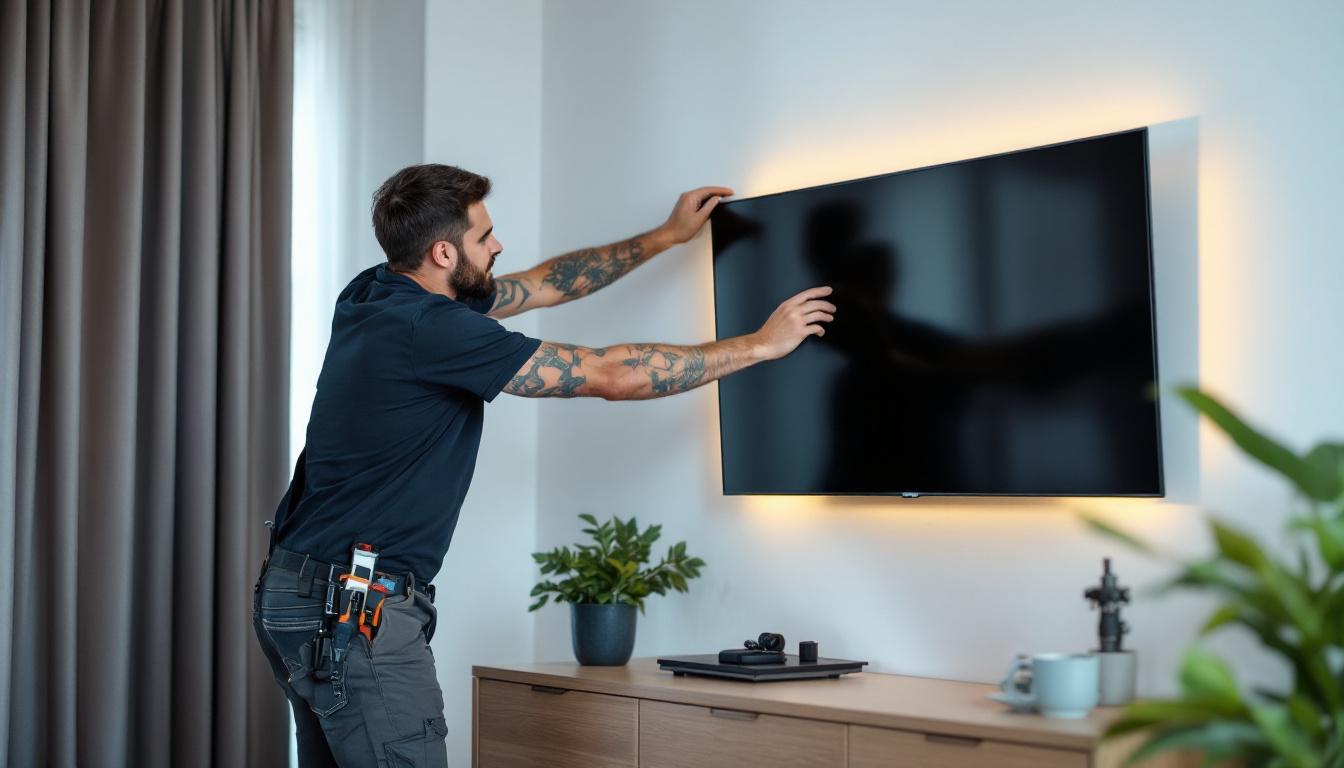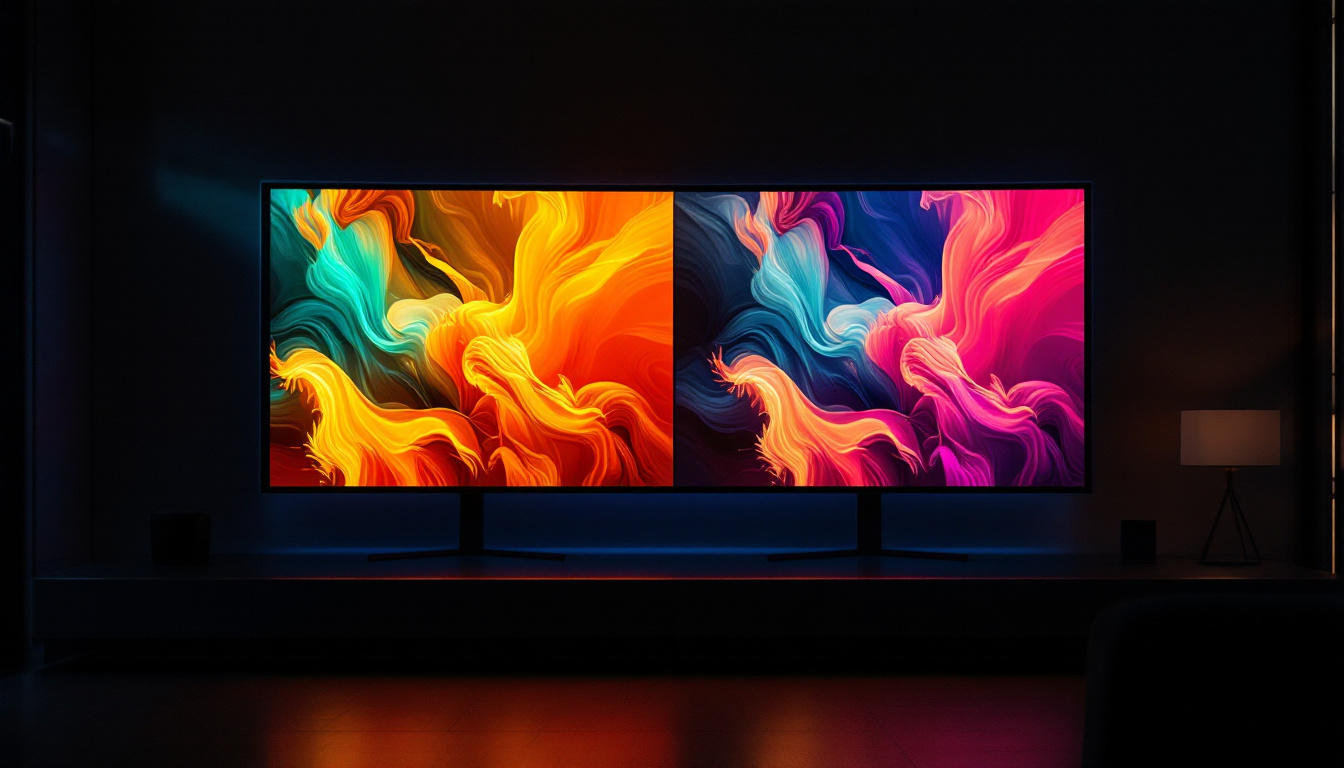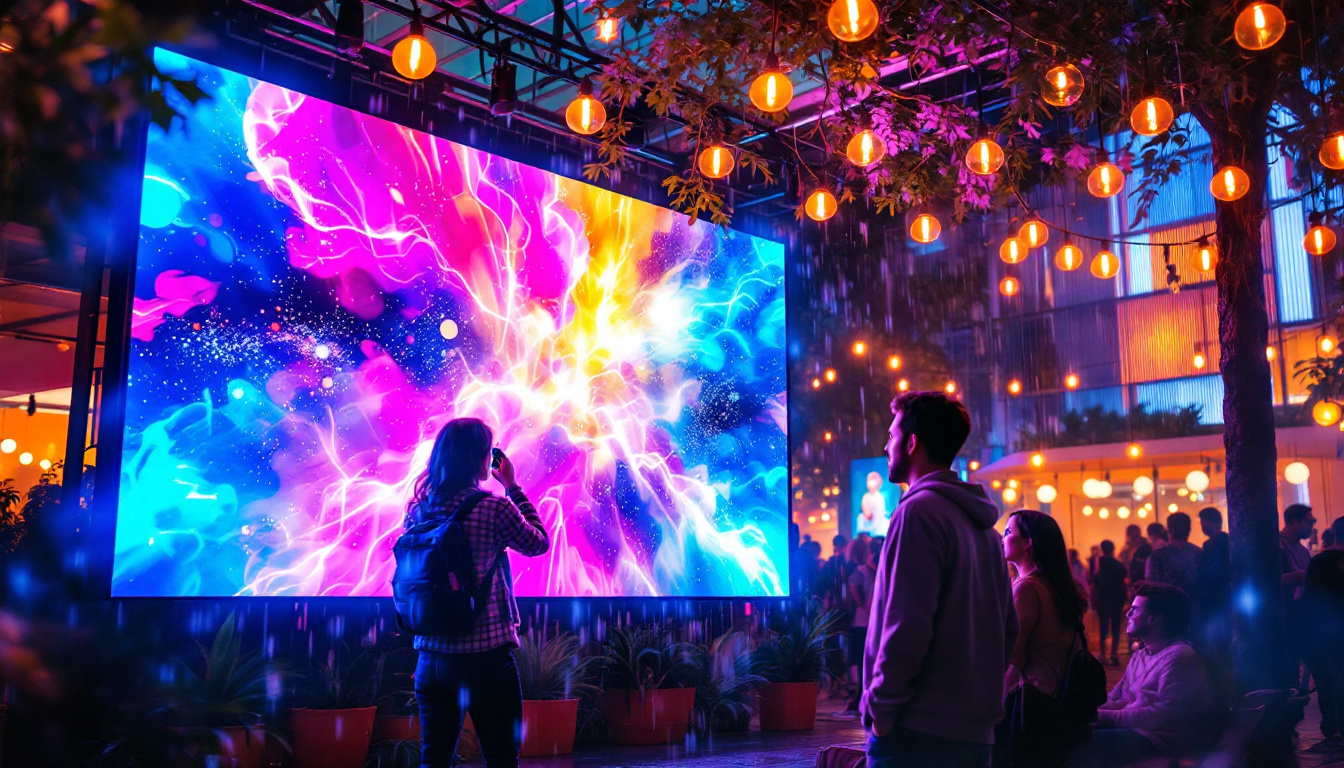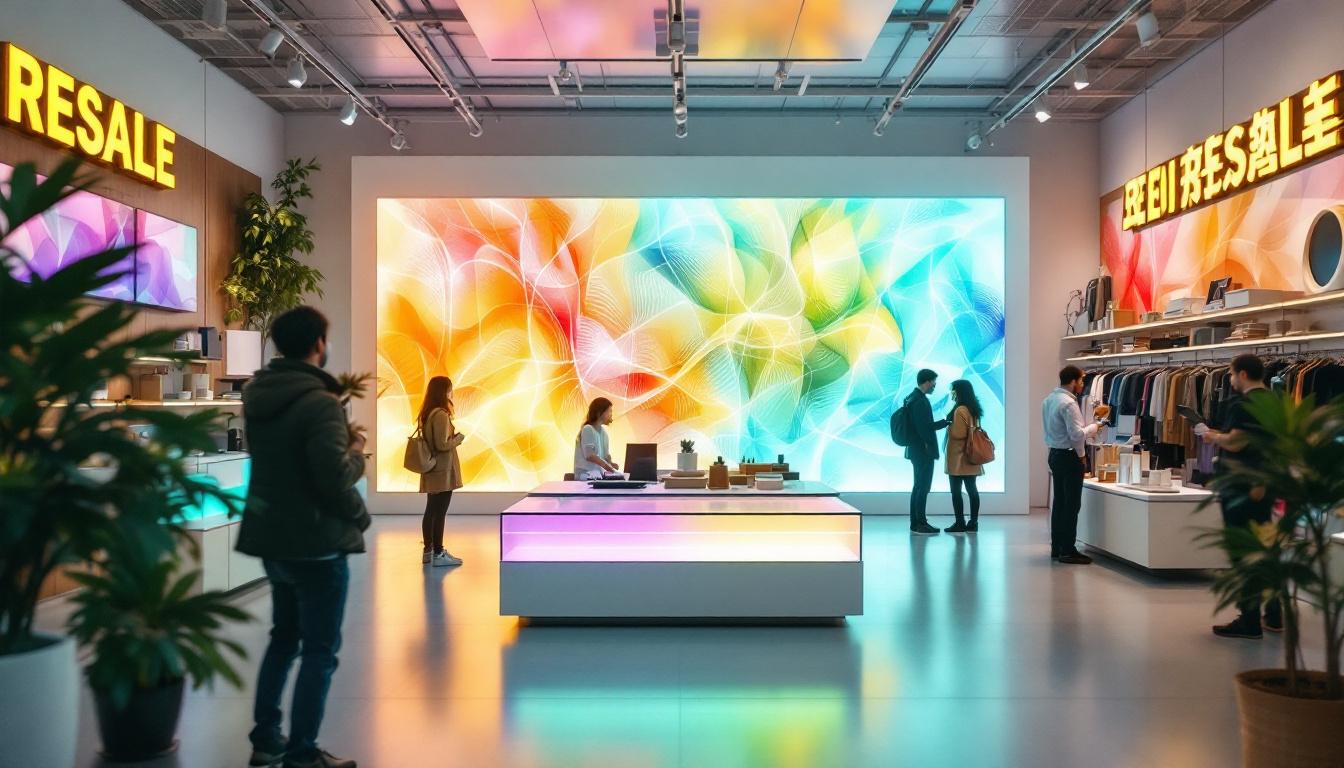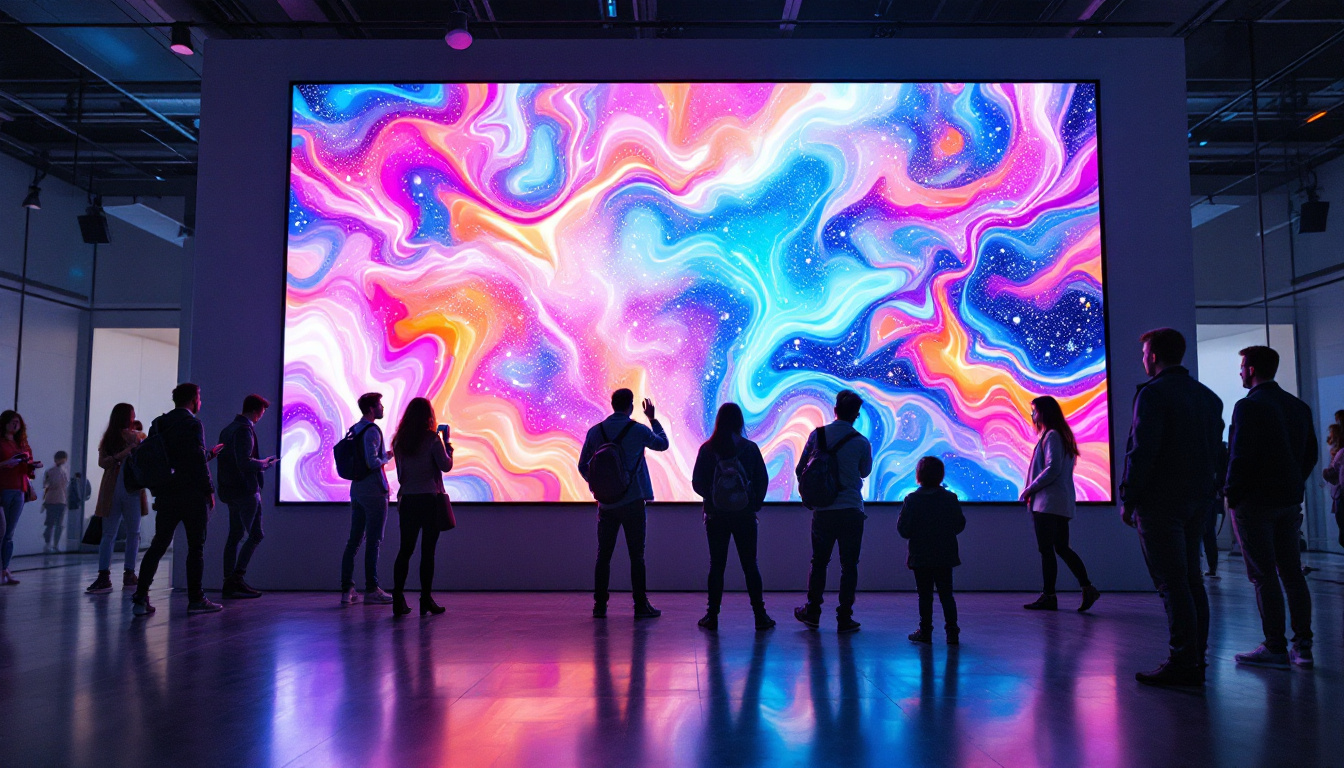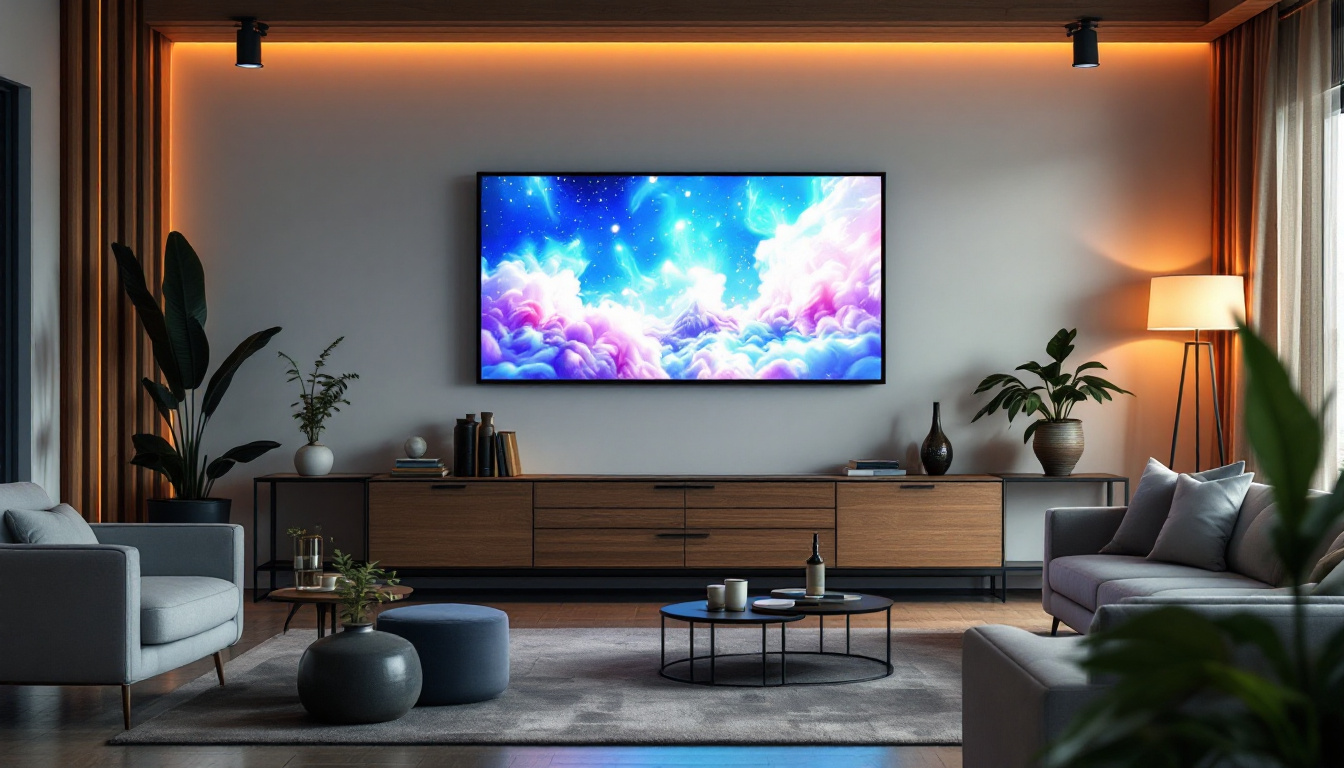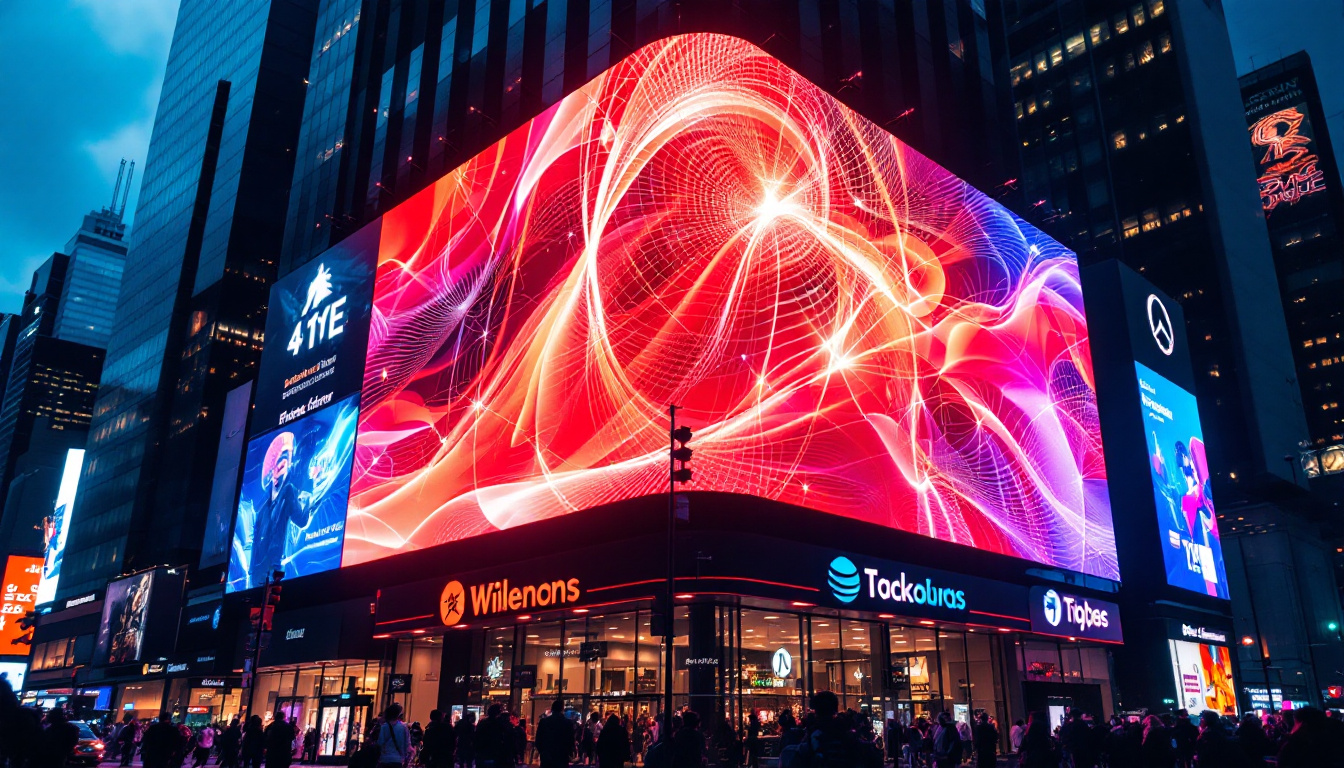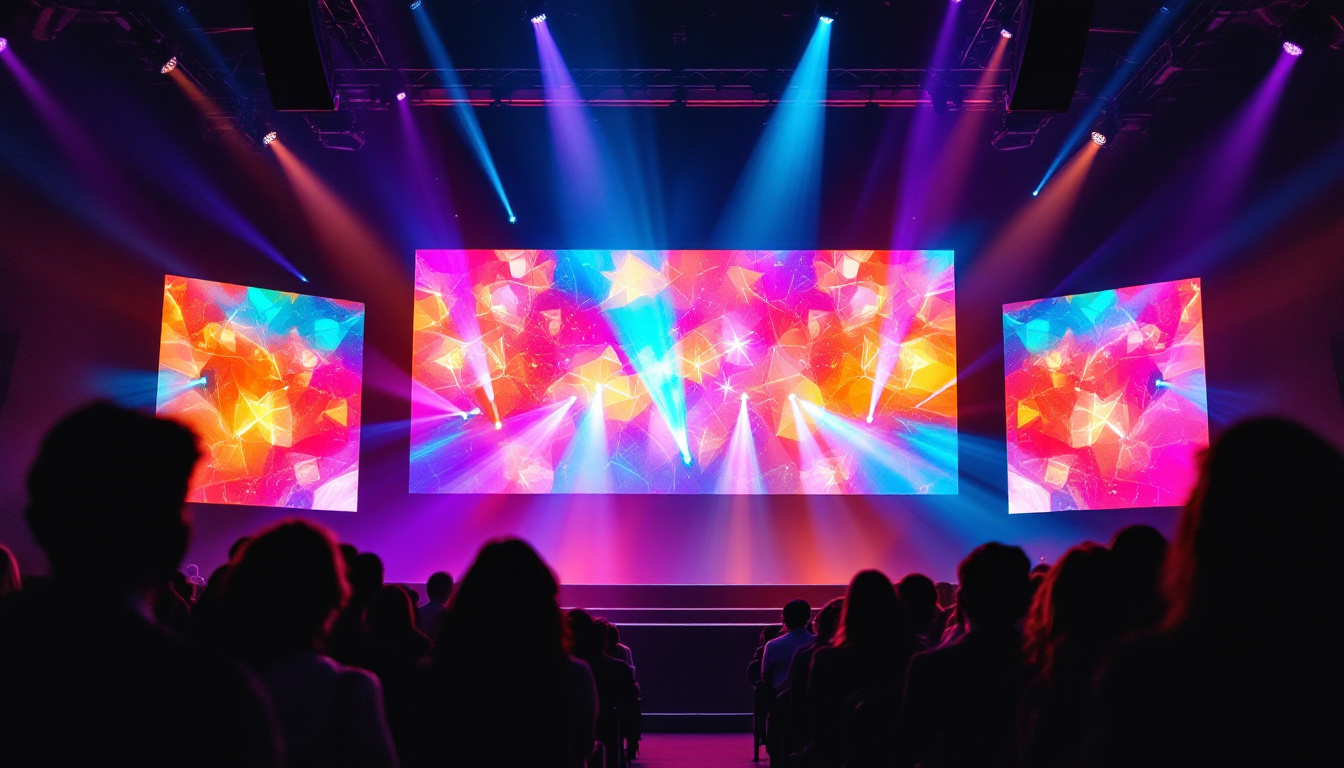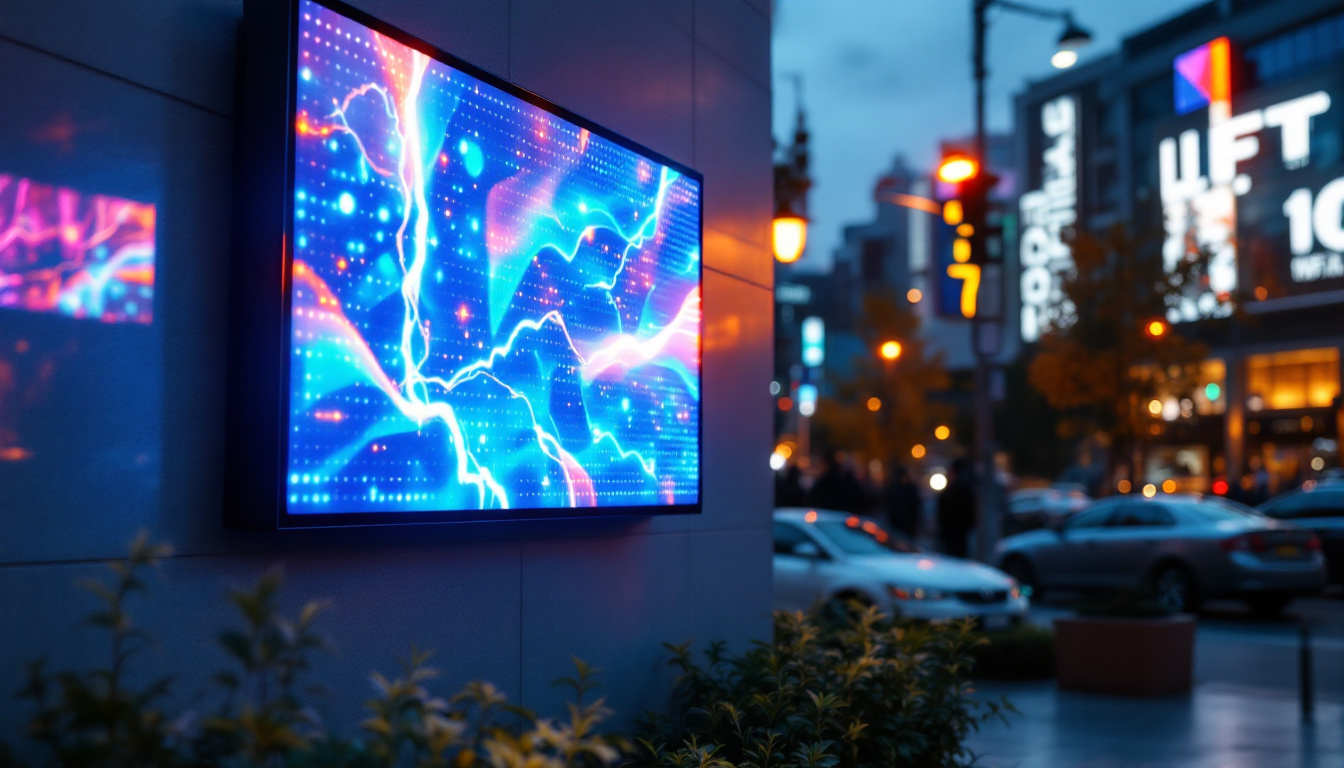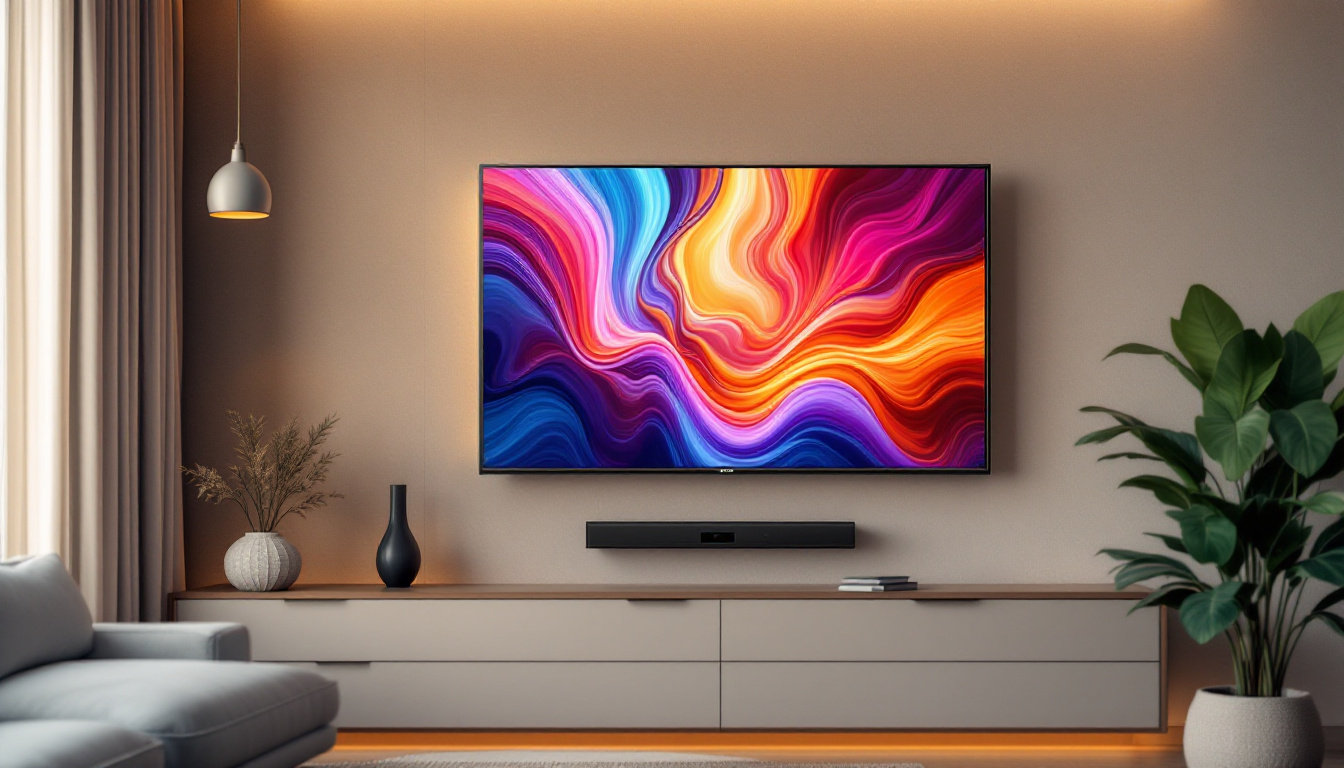In the realm of modern visual technology, panel video walls have emerged as a transformative solution for displaying information, art, and advertisements. Utilizing LED technology, these displays offer vibrant colors, high resolution, and the ability to create large-scale visuals that captivate audiences. This article delves into the intricacies of panel video walls, exploring their components, applications, and the advantages they bring to various industries.
Understanding Panel Video Walls
Panel video walls are composed of multiple display panels arranged in a grid-like formation to create a single large screen. Each panel is typically an LED display, known for its brightness and color accuracy. The seamless integration of these panels allows for the creation of expansive visuals that can be tailored to any environment.
How LED Technology Works
LED, or Light Emitting Diode, technology is the backbone of modern display systems. In an LED display, tiny diodes emit light when an electric current passes through them. This technology allows for the creation of bright and vivid images, making it ideal for environments with varying lighting conditions.
The color accuracy and brightness of LED panels can be attributed to their ability to produce a wide range of colors. By combining red, green, and blue light, LED displays can create millions of colors, ensuring that images appear lifelike and engaging. Additionally, LED technology is energy-efficient, making it a sustainable choice for large-scale displays.
Types of LED Displays
There are several types of LED displays used in panel video walls, each catering to different needs and environments. The most common types include:
- Direct View LED (DVLED): These displays are made up of individual LED modules that can be assembled into various shapes and sizes. They are known for their high brightness and can be used both indoors and outdoors.
- LCD with LED Backlighting: These displays use liquid crystal display (LCD) technology with LED backlighting. While they offer good image quality, they typically do not match the brightness and color vibrancy of direct view LED displays.
- OLED Displays: Organic Light Emitting Diodes (OLED) provide superior contrast and color accuracy. However, they are generally more expensive and less common in large-scale video wall applications.
Applications of Panel Video Walls
Panel video walls are versatile and can be found in various sectors, each utilizing the technology for different purposes. From corporate environments to entertainment venues, the applications are virtually limitless.
Corporate Environments
In corporate settings, panel video walls serve as powerful tools for communication and branding. They can be used in conference rooms for presentations, displaying data analytics, or showcasing company achievements. The ability to present information in a visually engaging manner enhances audience retention and understanding.
Moreover, these video walls can act as digital signage in lobbies or reception areas, providing visitors with real-time information about the company, upcoming events, or promotions. This not only improves the visitor experience but also reinforces the brand image.
Retail and Advertising
Retail environments have embraced panel video walls as a means to attract customers and promote products. By displaying dynamic advertisements and engaging content, retailers can create immersive shopping experiences. The high-resolution visuals are particularly effective in grabbing attention and driving sales.
Additionally, panel video walls can be strategically placed in high-traffic areas to maximize visibility. Their ability to display multiple ads in a rotating manner allows for a diverse range of promotions, catering to different customer segments.
Entertainment and Events
In the entertainment industry, panel video walls play a crucial role in enhancing visual experiences. They are commonly used in concert venues, theaters, and sports arenas to display live feeds, graphics, and animations. The large scale and high brightness of these displays ensure that audiences can enjoy clear visuals from any angle.
Event organizers also utilize panel video walls for conferences and exhibitions, creating engaging backdrops and interactive displays. This not only captivates attendees but also elevates the overall experience of the event.
Advantages of Panel Video Walls
The adoption of panel video walls comes with numerous benefits that make them an attractive choice for various applications. Understanding these advantages can help organizations make informed decisions about their visual display needs.
High-Quality Visuals
One of the most significant advantages of panel video walls is their ability to deliver high-quality visuals. With superior brightness, contrast, and color accuracy, these displays ensure that content is presented in a visually stunning manner. This is particularly important in environments where visual impact is crucial, such as advertising and entertainment.
Furthermore, the modular nature of panel video walls allows for customization in size and shape, enabling organizations to create unique visual experiences tailored to their specific requirements.
Seamless Integration
Panel video walls are designed for seamless integration, allowing multiple panels to work together as a single cohesive display. This eliminates the distracting bezels found in traditional multi-screen setups, providing a more immersive viewing experience.
The advancements in technology have significantly reduced the gap between panels, making it increasingly difficult for viewers to notice the individual screens. This seamless integration is essential for applications requiring a unified visual presentation, such as digital art installations or large-scale advertising campaigns.
Flexibility and Scalability
Another notable advantage of panel video walls is their flexibility and scalability. Organizations can easily expand or modify their video wall setups by adding or removing panels as needed. This adaptability makes them suitable for a wide range of applications, from small retail displays to large-scale corporate installations.
Additionally, the ability to control content remotely allows for dynamic updates, ensuring that the displayed information is always relevant and engaging. This is particularly beneficial for businesses that frequently change their marketing messages or promotional content.
Challenges and Considerations
While panel video walls offer numerous benefits, there are also challenges and considerations that organizations must address before implementation. Understanding these factors can help ensure successful deployment and operation.
Initial Investment
The initial investment required for panel video walls can be significant, especially for high-quality LED displays. Organizations must weigh the upfront costs against the potential return on investment (ROI) that these displays can generate over time.
It is essential to consider not only the cost of the panels themselves but also installation, maintenance, and potential upgrades. Conducting a thorough cost-benefit analysis can help organizations make informed decisions about their visual display investments.
Maintenance and Upkeep
Like any technology, panel video walls require regular maintenance to ensure optimal performance. This includes routine checks for pixel failures, cleaning the screens, and updating software. Organizations must be prepared to allocate resources and budget for ongoing maintenance to avoid disruptions in display quality.
Additionally, having a dedicated team or partnering with a service provider for maintenance can help organizations address issues promptly and keep the video wall operating smoothly.
Content Management
Managing content for panel video walls can be a complex task, especially for larger installations. Organizations need to develop a robust content strategy that outlines what will be displayed, how often it will be updated, and who will be responsible for content creation.
Utilizing content management systems (CMS) can streamline this process, allowing for easy scheduling and updating of content. However, organizations must invest time in training staff to effectively use these systems to maximize the potential of their video walls.
Future Trends in Panel Video Walls
The world of panel video walls is continuously evolving, with new technologies and trends emerging to enhance their capabilities. Staying informed about these trends can help organizations leverage the latest advancements for their visual display needs.
Increased Resolution and Pixel Density
As technology advances, the demand for higher resolution and pixel density in panel video walls is on the rise. This trend is driven by the need for sharper, more detailed images that can be viewed up close without noticeable pixelation. Manufacturers are responding by developing displays with smaller pixel pitches, allowing for closer viewing distances.
Higher resolution displays are particularly beneficial for applications such as control rooms, where precise data visualization is critical. As these technologies become more accessible, organizations can expect to see a shift towards ultra-high-definition (UHD) displays in various settings.
Integration with Interactive Technologies
Another emerging trend is the integration of interactive technologies with panel video walls. Touch-sensitive displays and gesture recognition systems are becoming increasingly popular, allowing users to engage with content in new and dynamic ways.
This interactivity enhances user experiences, making presentations more engaging and allowing for real-time data manipulation. As organizations seek to create immersive environments, the demand for interactive panel video walls is likely to grow.
Sustainability and Energy Efficiency
With a growing emphasis on sustainability, manufacturers are focusing on creating energy-efficient panel video walls. This includes using eco-friendly materials and developing technologies that reduce energy consumption without compromising performance.
Organizations are becoming more conscious of their environmental impact, and investing in sustainable display solutions can enhance their brand reputation while also reducing operational costs. As sustainability becomes a priority, expect to see more innovations in energy-efficient panel video wall technologies.
Conclusion
Panel video walls represent a significant advancement in visual display technology, offering organizations the ability to create stunning, large-scale visuals that engage and inform audiences. With their high-quality visuals, seamless integration, and flexibility, these displays have found applications across various industries, from corporate environments to entertainment venues.
While there are challenges to consider, such as initial investment and maintenance, the advantages of panel video walls often outweigh these concerns. As technology continues to evolve, organizations can look forward to even more innovative solutions that enhance the capabilities of panel video walls, making them an essential tool for effective communication and engagement in the digital age.
Discover LumenMatrix’s Innovative LED Solutions
Ready to elevate your visual display capabilities? Explore LumenMatrix’s comprehensive range of LED display solutions, designed to bring your brand to life and captivate your audience. From indoor and outdoor displays to specialized options like vehicle and sports displays, LumenMatrix offers the cutting-edge technology you need to create immersive and dynamic visual experiences. Embrace the future of visual communication with our custom and all-in-one LED displays, including transparent options for a truly unique impact. Check out LumenMatrix LED Display Solutions today and transform the way you engage with your audience.

